The Great Exhibition of 1851 - the Crystal Palace at Sydenham
On 15 October 1851 the Great Exhibition at Hyde Park closed having received over 6 million visitors. The popularity of the event led to concern about the fate of the building and the Crystal Palace Company was established in June 1852 to purchase it. A site was identified in Sydenham, Kent for its new location and construction commenced in August 1852. Sharon Tuff tells more:
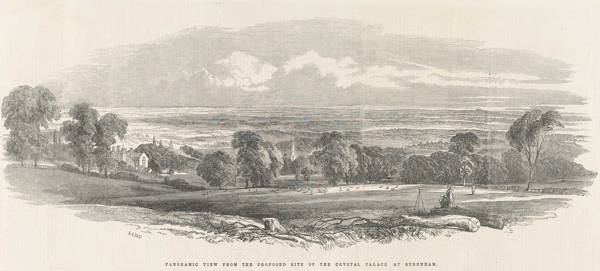
The re-erected Crystal Palace was not a copy of the building in Hyde Park being larger and taller but not as long. In anticipation of its popularity two new railway stations were constructed to serve the attraction, Crystal Palace lower level in 1854 and Crystal Palace high level in 1865. The latter was closed in the 1950s and mostly demolished in the early 1960s although the subway is sometimes open to visitors.
In order to record the reconstruction of the building Philip Henry Delamotte (1821-89) was commissioned by the Crystal Palace Company to take weekly photographs of progress at Sydenham between 1852 and 1854. The results were published in 1855 as 'Photographic Views of the Progress of the Crystal Palace, Sydenham' by The Photographic Institution, 168 Bond Street and comprised 160 photographs in two portfolios.
The Delamotte photographs begin with the construction of the building including a delivery of material from Hyde Park.
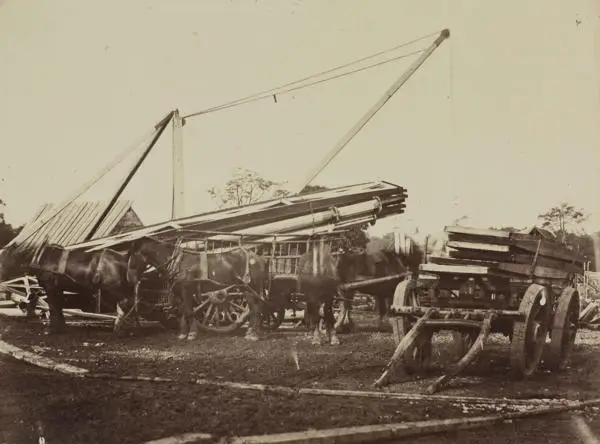
Some of the images show the start of the groundwork.
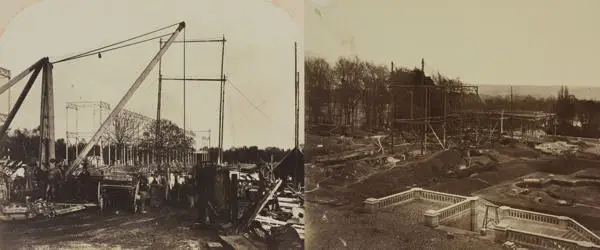
As the construction rose the interior was clothed in scaffolding.
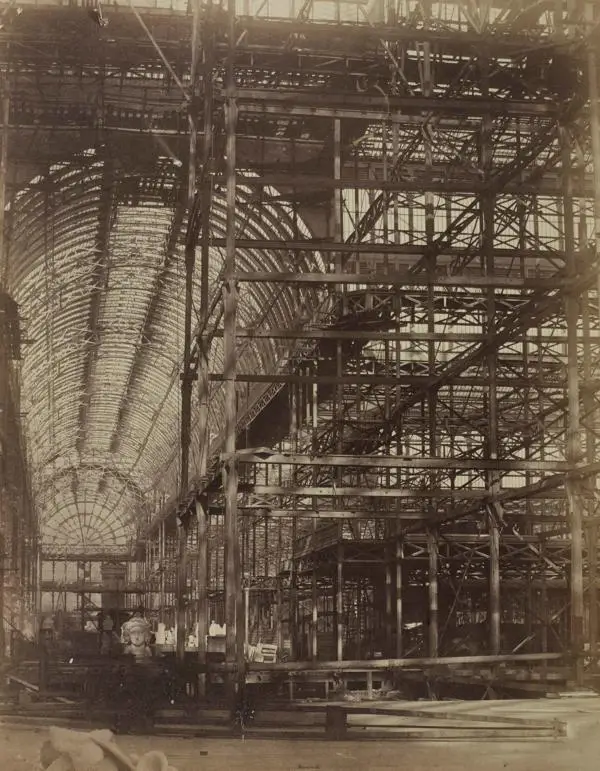
Work then moved onto the exhibits, with the restoration of the Great Sphinx and the construction of Ostler’s crystal fountain.
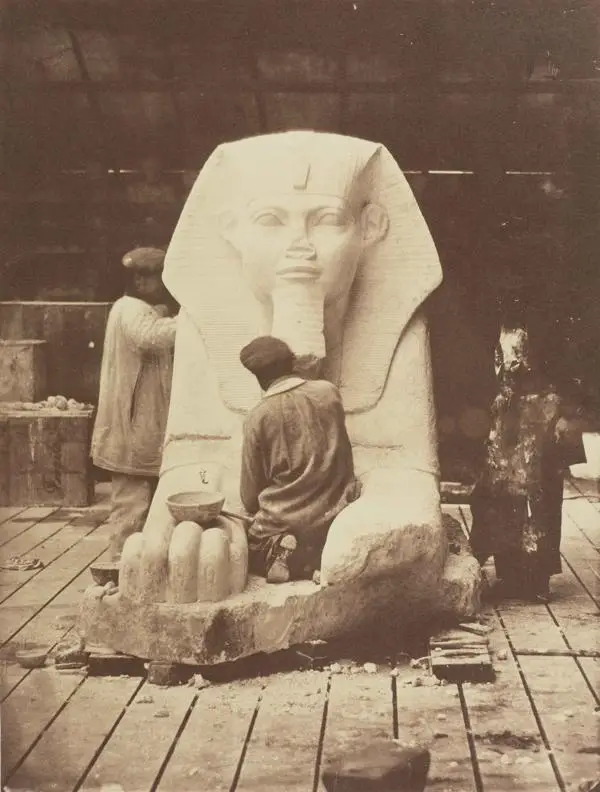
As well as photographs of the work on the building and its contents, Delamotte also took photographs of the workers during their meal breaks.
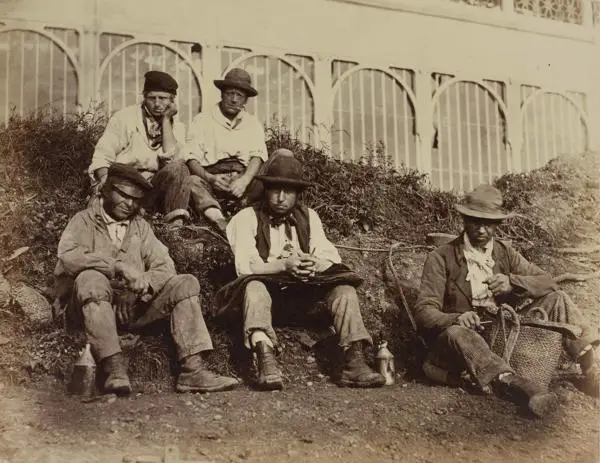
Crystal Palace was opened by Queen Victoria in June 1854 and proved popular as a venue, hosting around two million visitors per annum in its first years.
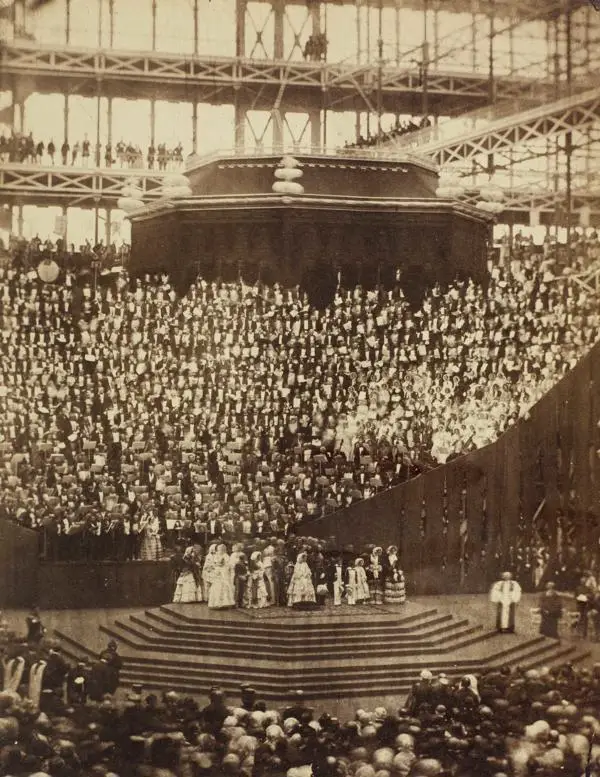
Delamotte was an artist and illustrator as well as a photographer. He exhibited photographs at the Society of Arts and the Society of Antiquaries. In 1855 He became professor of drawing at King’s College, London, but continued to photograph Crystal Palace. Delamotte’s portfolios of images of Crystal Palace were possible due to the invention of the wet collodian process and albumen printing process at about the same time in the early 1850s which enabled multiple, good quality images to be produced.
As with the construction of the Crystal Palace at Hyde Park and the summer of the Great Exhibition, the Illustrated London News kept the public informed of the progress at Sydenham. Delamotte’s images were used to illustrate the publication before the portfolios had been published.
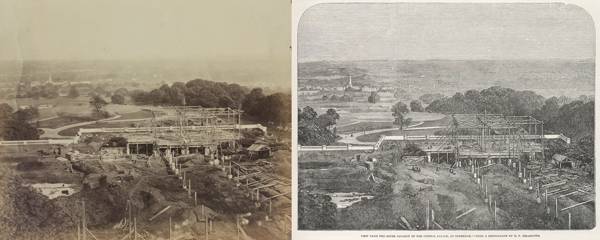
In 1911 the Crystal Palace Company suffered financial collapse and the complex was ‘saved for the nation’ in 1913. The building had suffered a serious fire in the north transept in 1866 when many exhibits were lost, but far more serious was the fire which struck on the night of 30 November 1936 which destroyed the complex. Little remains of the building or the traces of the millions of people who travelled to see the wonder of the Crystal Palace.
The photographs taken by Delamotte and published in the two portfolios are available on the London Picture Archive [LPA], under Collections.